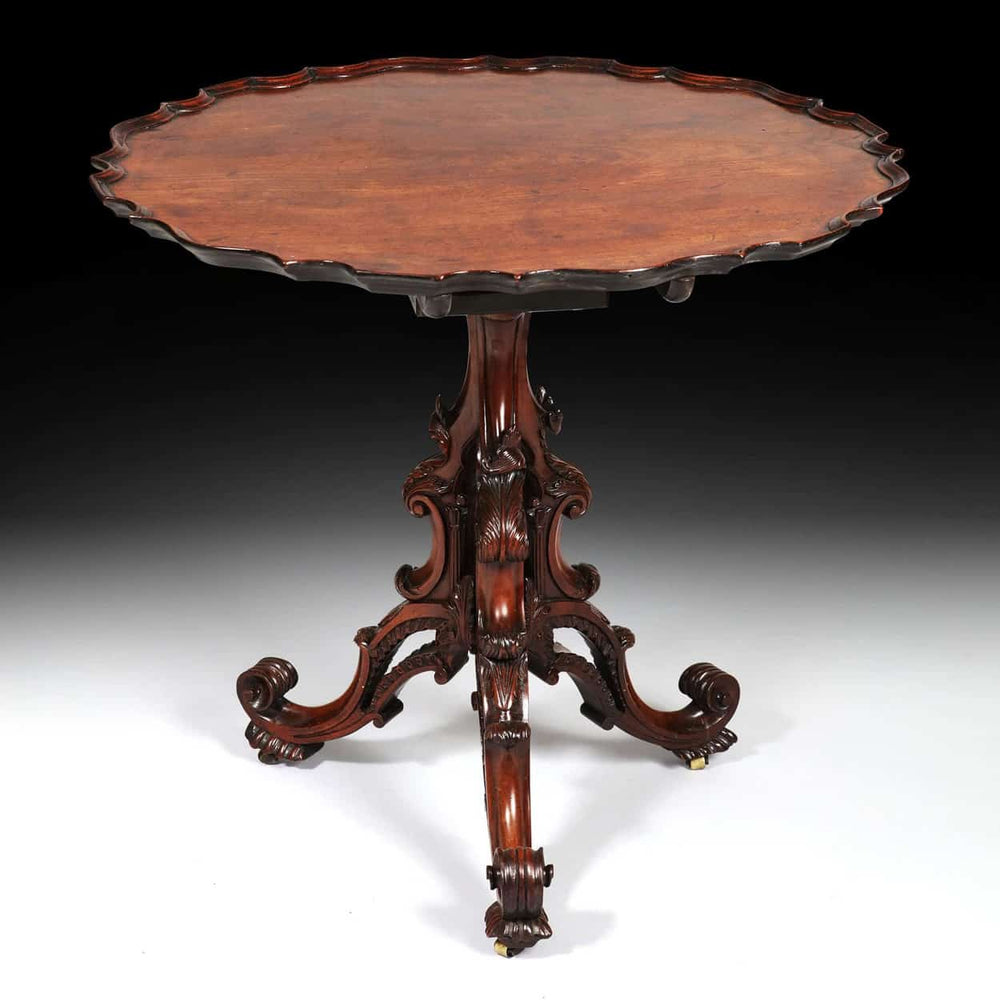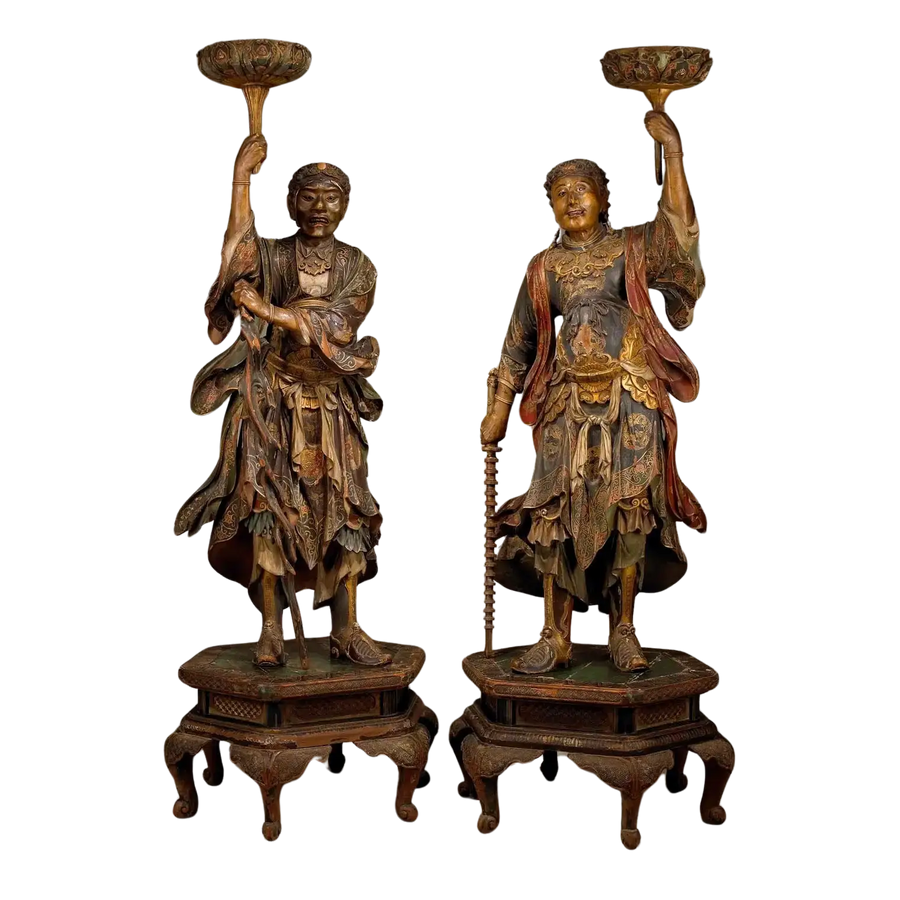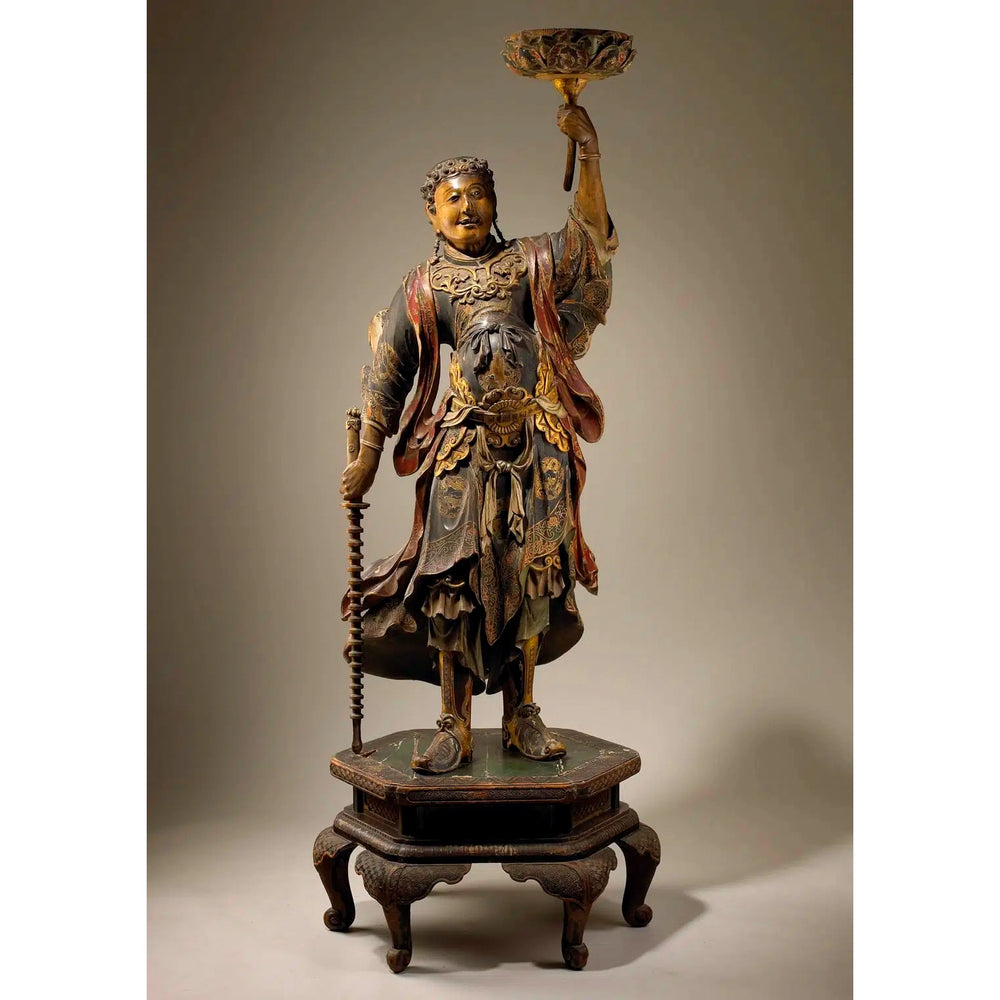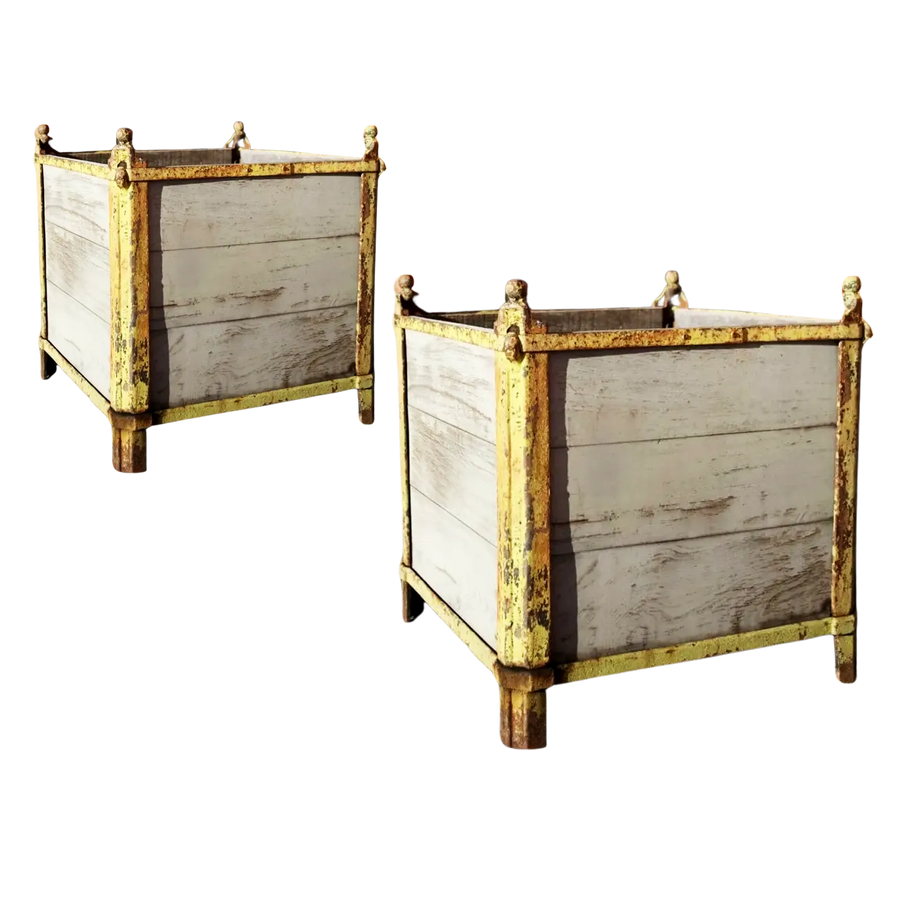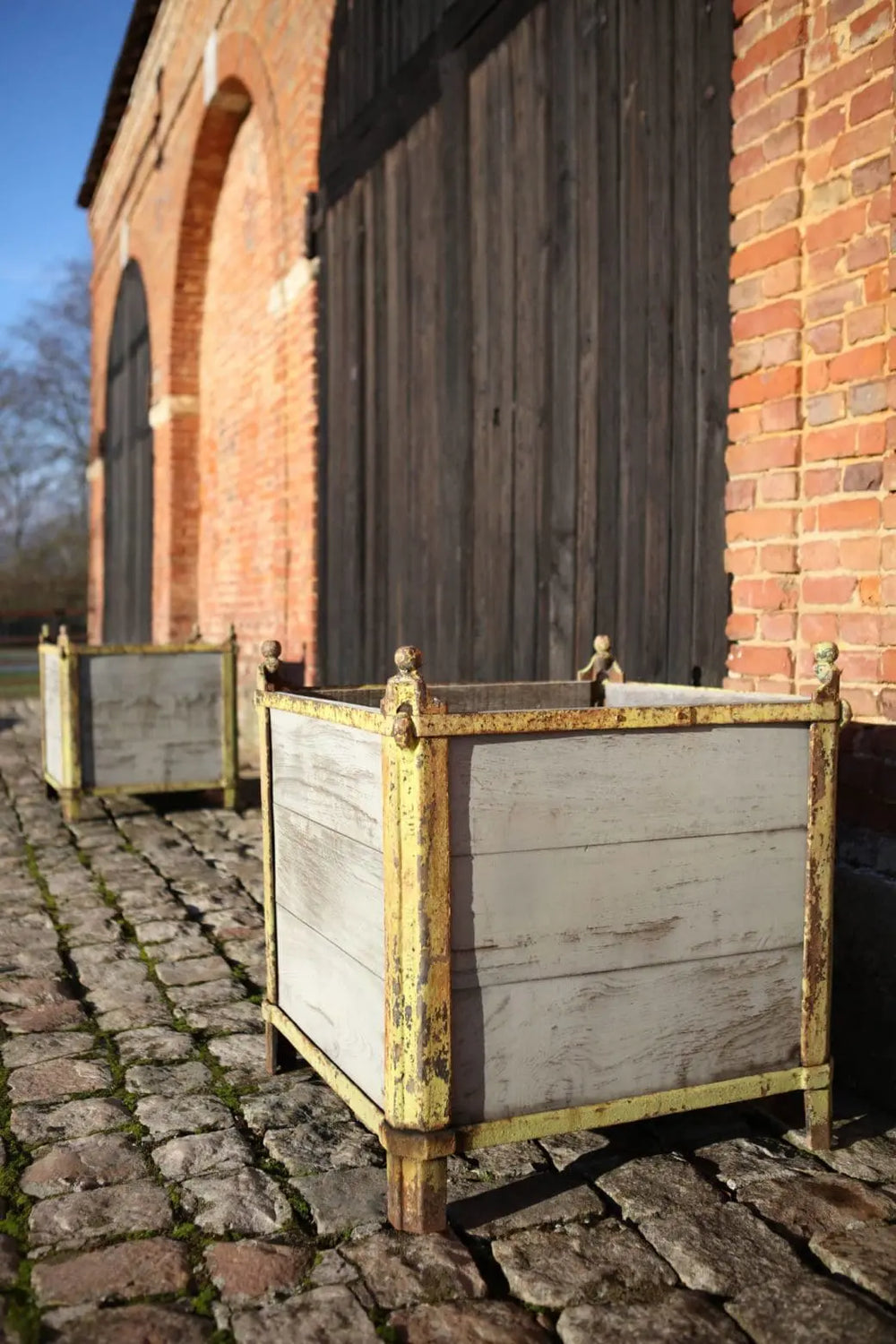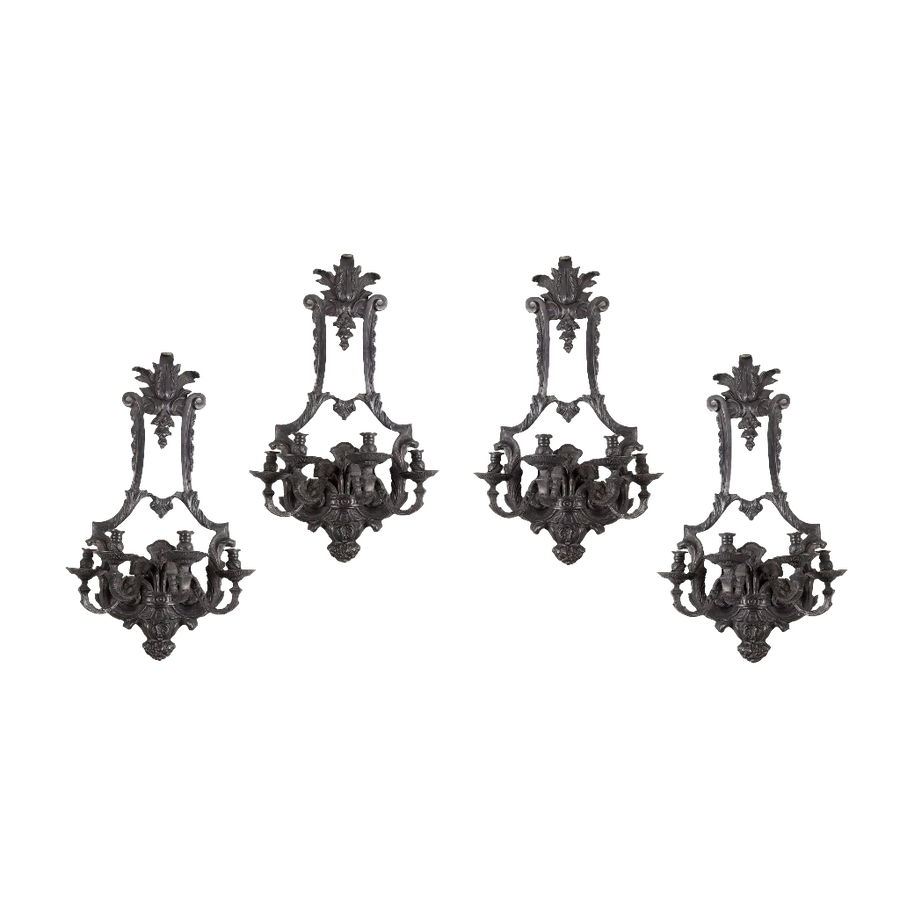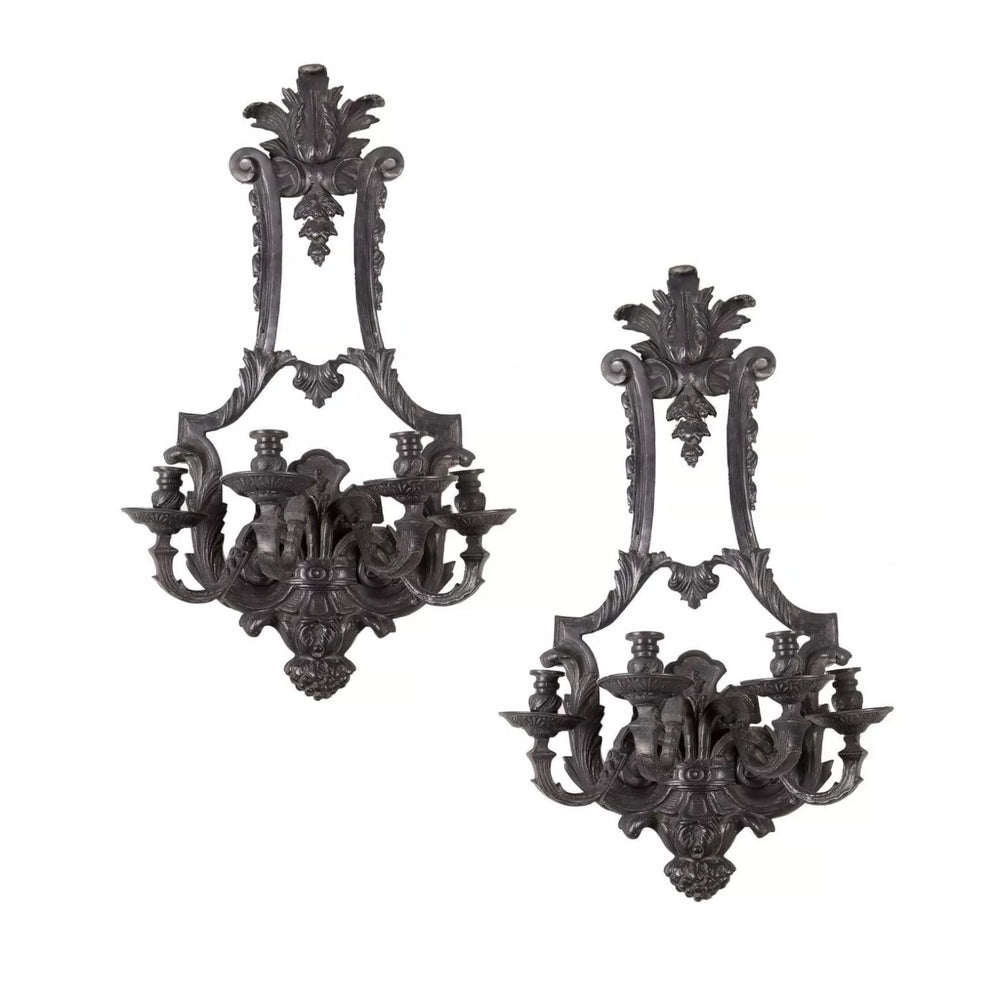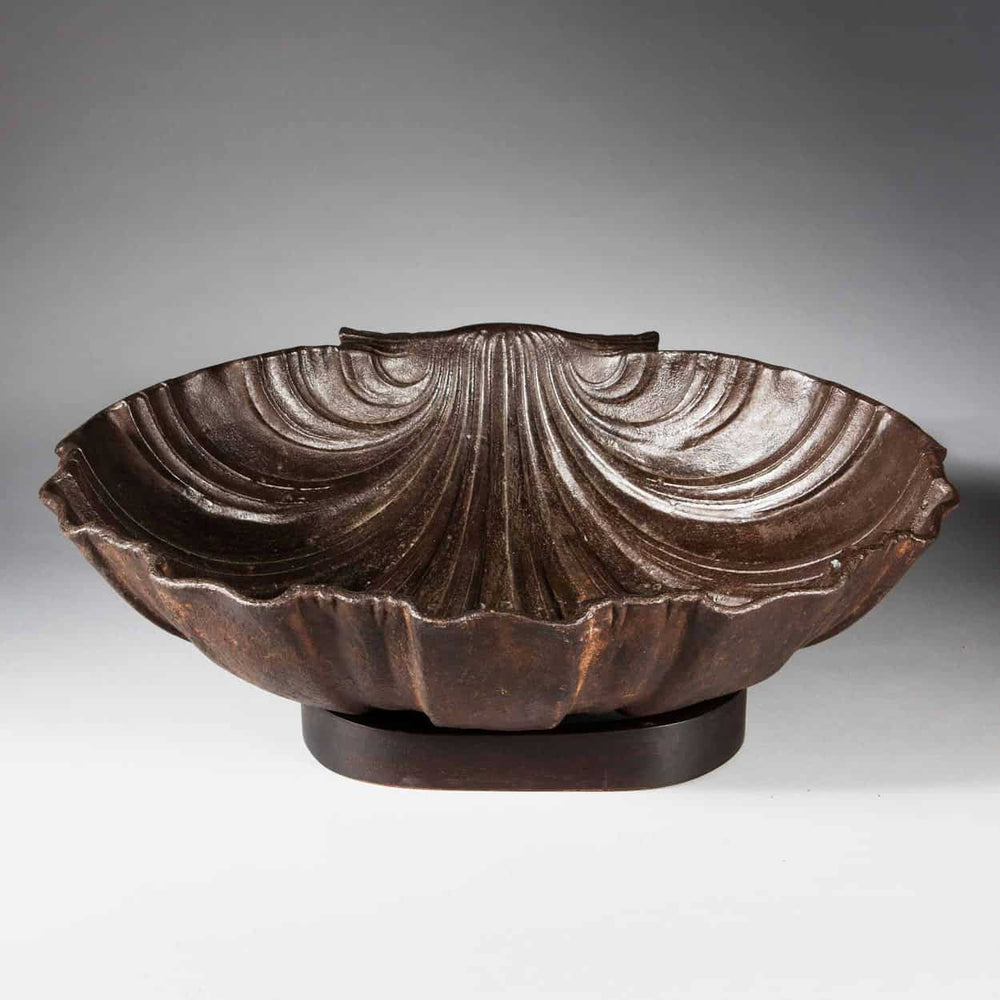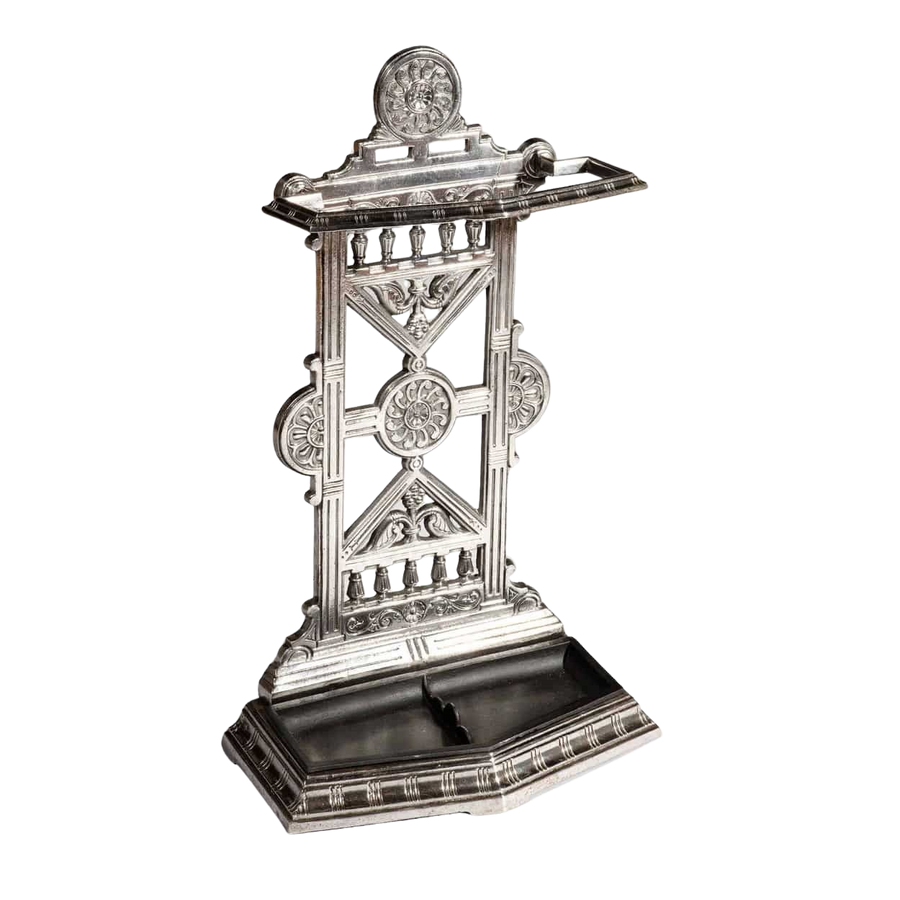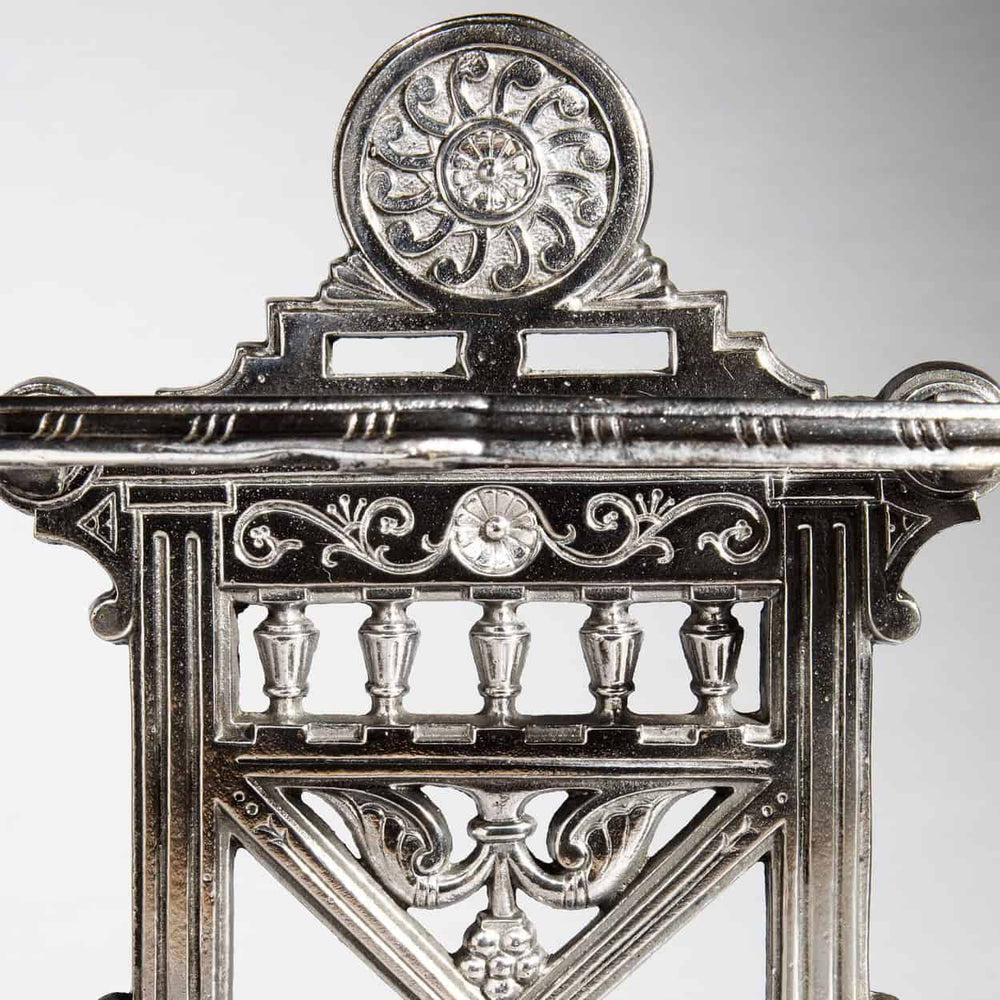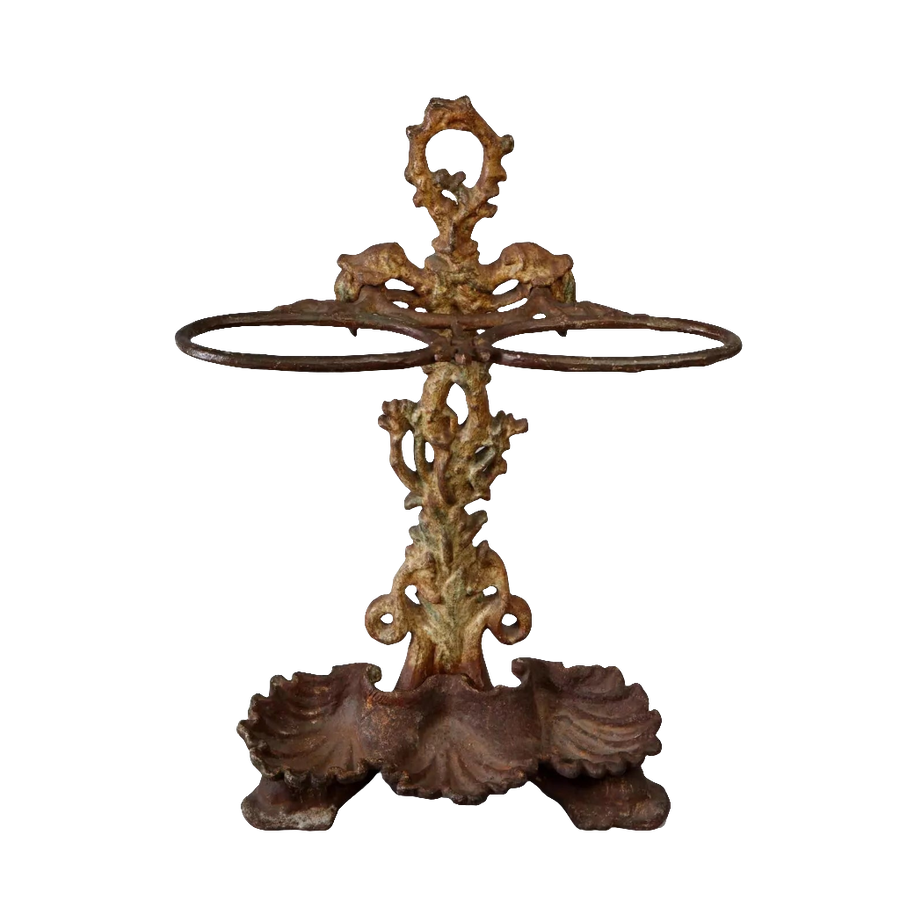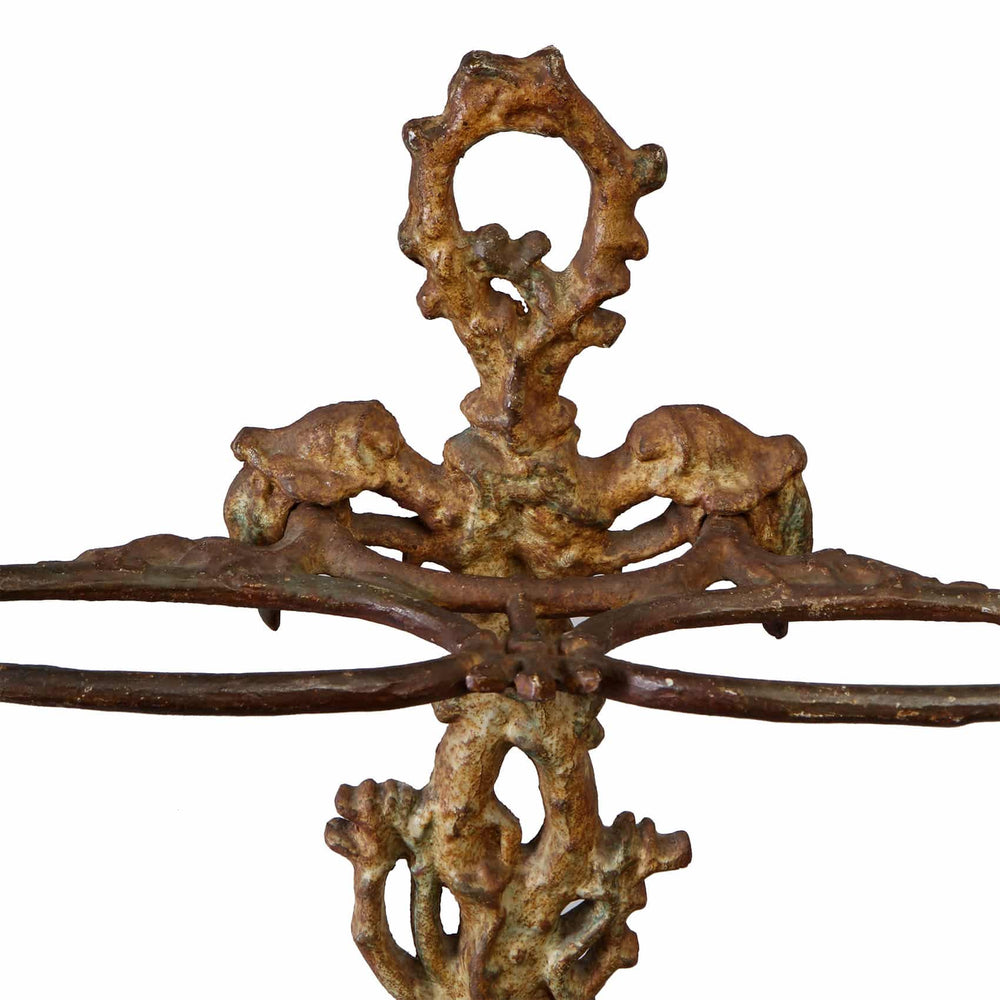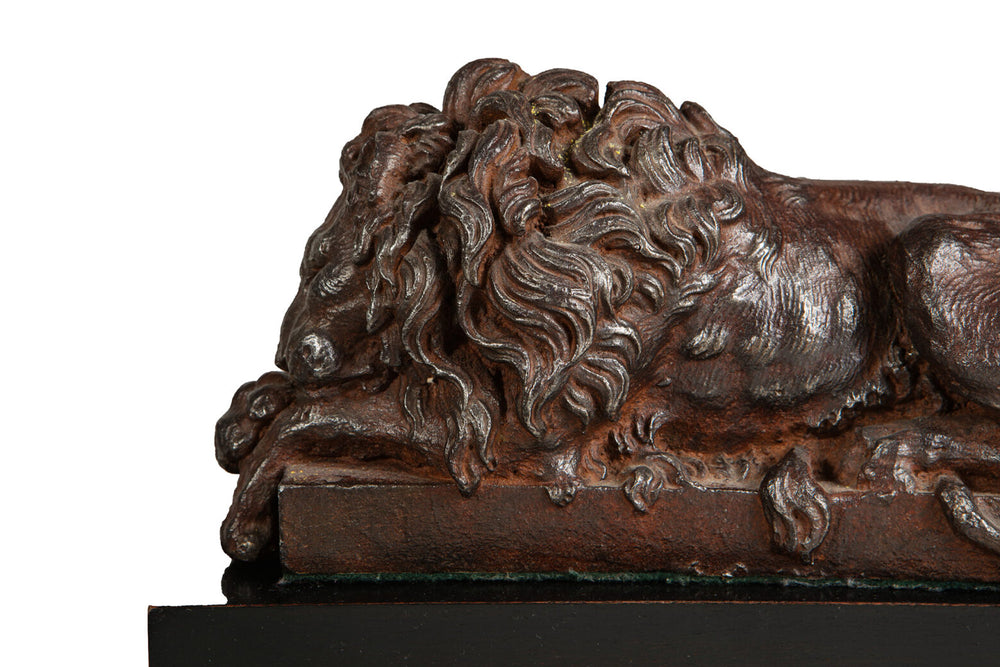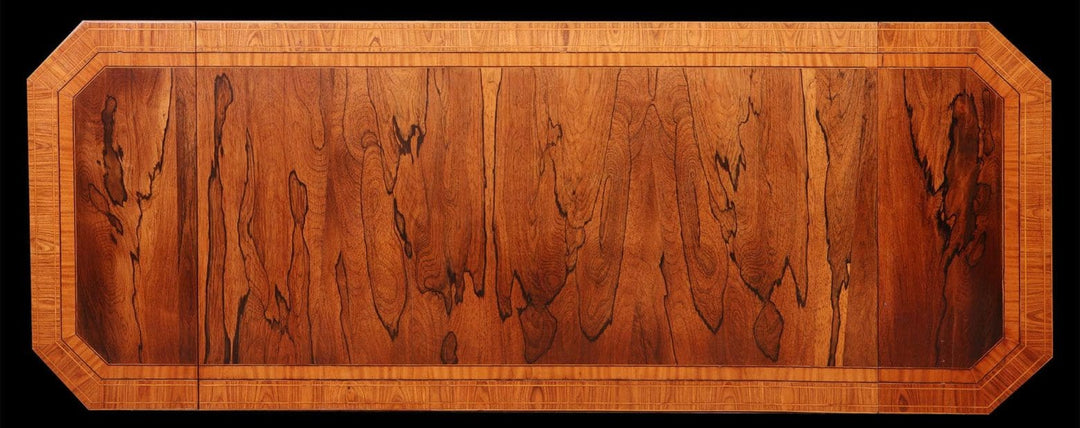Cast Iron in Antique Furniture and Decorative Arts: A Tribute to Durability and Design
Cast iron has been a material of choice in furniture making and decorative arts for centuries, offering durability and distinctive aesthetic possibilities. Its influence has been far-reaching, touching the works of notable figures like Karl Friedrich Schinkel and innovative companies such as Coalbrookdale. This essay explores the use and impact of cast iron in antique furniture and decorative arts.
The Appeal of Cast Iron
Cast iron, an iron-carbon alloy, has been used extensively since the 5th century BC, and items were discovered by archaeologists in what is now Jiangsu in China. Its high resistance to wear and tear, remarkable stability, and moldability make it ideal for various applications, including furniture making and decorative arts. Its versatility allows intricate designs to be cast that would be challenging to achieve with other materials. In terms of aesthetics, cast iron offers a unique blend of strength and elegance. It can be molded into delicate and complex shapes, yet remains sturdy and long-lasting. Its dark, muted color provides a visually striking contrast to softer, more traditional furniture materials such as wood.
Karl Friedrich Schinkel and Cast Iron
Karl Friedrich Schinkel, the Prussian architect and designer, has had a significant influence on the use of cast iron in decorative arts and furniture. Known for his neoclassical and Gothic Revival designs, Schinkel often employed cast iron due to its ability to be formed into intricate, detailed designs. One of Schinkel's most renowned works is the cast iron chair he designed for the Schloss Glienicke in Berlin. This chair, featuring elaborate motifs, demonstrated how cast iron could be manipulated to create delicate, visually stunning designs, paving the way for its use in other furniture and decorative arts.
Coalbrookdale and Cast Iron
The Coalbrookdale Company, located in the Ironbridge Gorge in England, played a pivotal role in the advancement of cast iron usage. Established in 1709, it became renowned for its high-quality cast iron products, including furniture. Coalbrookdale's most iconic contribution to antique furniture was arguably their garden furniture. Their ability to cast intricate, naturalistic designs of plants and animals was unprecedented. Pieces such as the Coalbrookdale 'Nasturtium' pattern garden bench are exquisite examples of the aesthetic potential of cast iron, boasting a level of detail that had been previously unseen.
Cast Iron in Antique Furniture and Decorative Arts: A Tribute to Durability and Design
Cast iron has been a material of choice in furniture making and decorative arts for centuries, offering durability and distinctive aesthetic possibilities. Its influence has been far-reaching, touching the works of notable figures like Karl Friedrich Schinkel and innovative companies such as Coalbrookdale. This essay explores the use and impact of cast iron in antique furniture and decorative arts.
The Appeal of Cast Iron
Cast iron, an iron-carbon alloy, has been used extensively since the 5th century BC, and items were discovered by archaeologists in what is now Jiangsu in China. Its high resistance to wear and tear, remarkable stability, and moldability make it ideal for various applications, including furniture making and decorative arts. Its versatility allows intricate designs to be cast that would be challenging to achieve with other materials. In terms of aesthetics, cast iron offers a unique blend of strength and elegance. It can be molded into delicate and complex shapes, yet remains sturdy and long-lasting. Its dark, muted color provides a visually striking contrast to softer, more traditional furniture materials such as wood.
Karl Friedrich Schinkel and Cast Iron
Karl Friedrich Schinkel, the Prussian architect and designer, has had a significant influence on the use of cast iron in decorative arts and furniture. Known for his neoclassical and Gothic Revival designs, Schinkel often employed cast iron due to its ability to be formed into intricate, detailed designs. One of Schinkel's most renowned works is the cast iron chair he designed for the Schloss Glienicke in Berlin. This chair, featuring elaborate motifs, demonstrated how cast iron could be manipulated to create delicate, visually stunning designs, paving the way for its use in other furniture and decorative arts.
Coalbrookdale and Cast Iron
The Coalbrookdale Company, located in the Ironbridge Gorge in England, played a pivotal role in the advancement of cast iron usage. Established in 1709, it became renowned for its high-quality cast iron products, including furniture. Coalbrookdale's most iconic contribution to antique furniture was arguably their garden furniture. Their ability to cast intricate, naturalistic designs of plants and animals was unprecedented. Pieces such as the Coalbrookdale 'Nasturtium' pattern garden bench are exquisite examples of the aesthetic potential of cast iron, boasting a level of detail that had been previously unseen.
Read More






